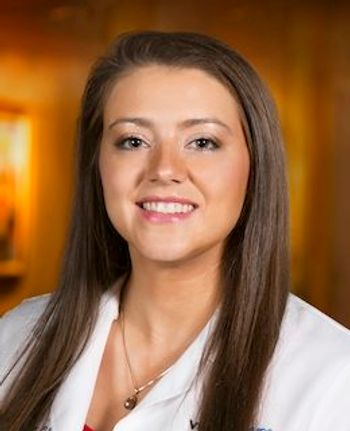
Quest for solution disinfectants
Care solutiosn play a major role in determining contact lens safety and comfort, and composition of the care product clearly matters.
Key Points
Salt Lake City-Care solutions play a major role in determining contact lens safety and comfort, and composition of the care product clearly matters. There remains, however, a need for well-designed research in many areas because there are many unanswered questions pertaining to how care solution ingredients affect the experience of contact lens wear, said Jason J. Nichols, OD, MPH, PhD, at Optometry's Meeting.
Getting the right mix
Formulation decisions on chemical disinfectants in care solutions are based on the goal of maintaining a balance between efficacy and safety, recognizing that while a higher concentration of a disinfectant will certainly be more effective in eradicating microbes, it could also be more damaging to the ocular surface.
"The aim is to avoid too much of a 'good thing' because that could induce a physiological response, such as discomfort, ocular surface staining, or inflammation," he said.
Controversies involving disinfectants relate to their efficacy-experts disagree over whether the chemical disinfectants used in multi-purpose solution (MPS), such as biguanides, polyquaternium-1, and myristamidopropyl dimethylamine, or hydrogen peroxide are more efficacious-but particularly to safety issues.
Newsletter
Want more insights like this? Subscribe to Optometry Times and get clinical pearls and practice tips delivered straight to your inbox.


















































.png)


